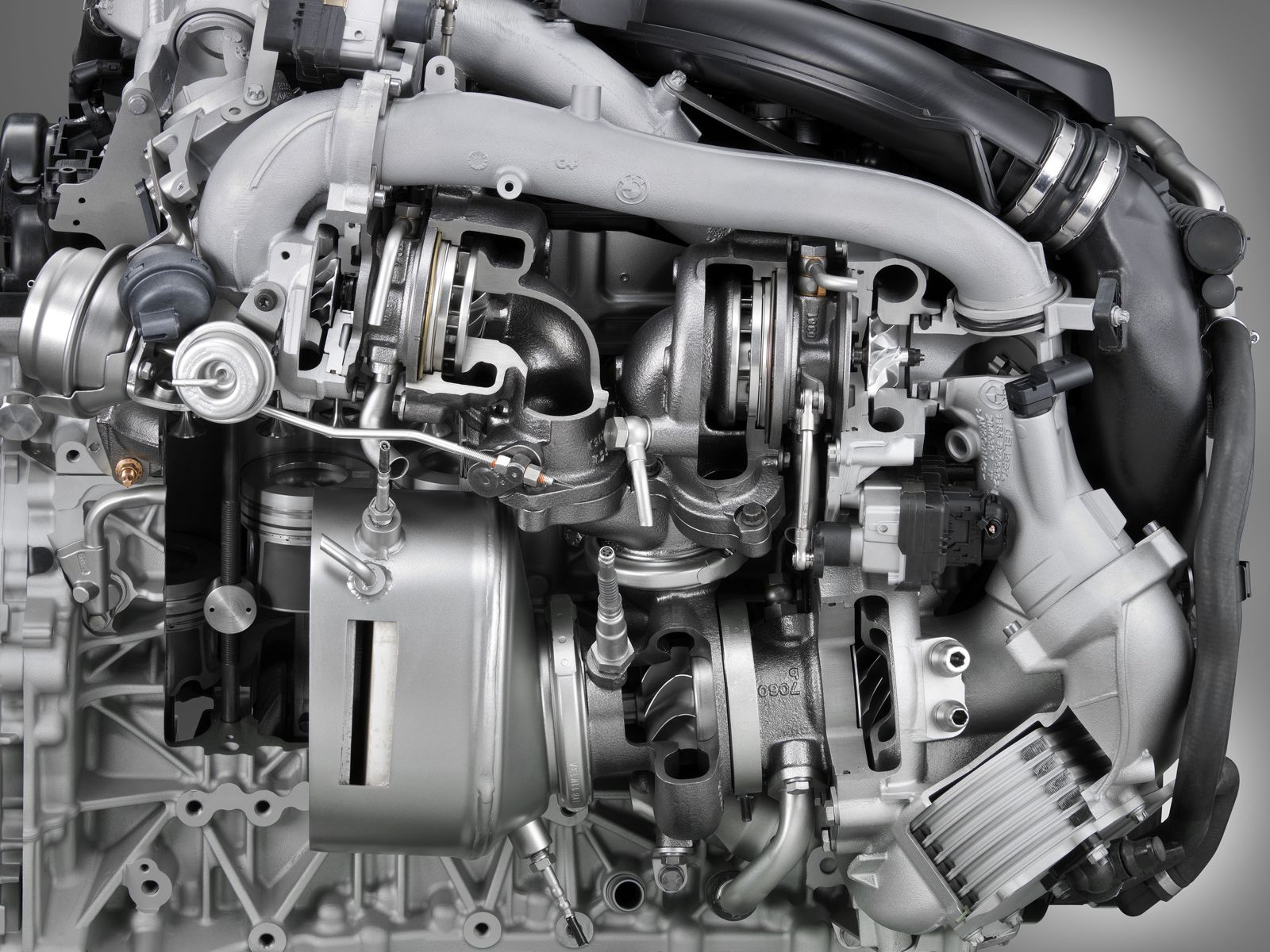
In the previous most fuel dilution issues of crankcase oil in rapidly charged diesel engines meant there was mechanical trouble of some kind. For 2007 and newer Ford 6.4L, Dodge 6.7L, and Gm/GMC 6.6L turbo diesel engines, the emission manipulates systems sometimes are the culprit, as these have been established to meet more stringent environmental protection organization requirements of soot.
Not everyone will journey dilution problems, as it will depend largely on how you function your vehicle. The post-2007 turbo diesel is equipped with a Diesel particulate filter as mandated by using the environmental protection agency. These filters reduce the soot emitted with the aid of as much as 85%. After so long, these filters have to go through a cleansing process called regeneration. Regeneration can show up during operation when exhaust gas temperatures attain 1,100 degrees. This happens regularly when the engines are labored as intended, such as towing and hauling, and is called passive regeneration. It is when these engines are operated around the city with no load is when temperatures are too low to passively burn off the soot.
When the temperature does not reach 1100 degrees, energy regeneration must be carried out. Two systems are used. In-stream injection and In-cylinder put up injection. What happens is raw diesel gasoline is introduced into the diesel particulate filter increasing the inner temperature to burn off the soot that has accumulated.
With In-stream injection, the fuel is introduced via a separate injector either behind the rapid charger or in the exhaust stream just before the particulate filter. This kind of active regeneration is largely used on medium to heavy-duty diesel engines. In-stream does no longer contribute to fuel dilution.
In-cylinder put-up injection has been adopted by the manufacturers of lighter faster diesel trucks, mainly because of the decreasing cost. With this system, the diesel fuel is injected directly into the cylinders with the existing injectors but on the exhaust stoke as well as the compression stroke, sending the unburned gasoline through the exhaust ports to the particulate filter and be burned that way. This system works nicely at delivering the fuel to the particulate filter however has the drawback of promoting gas dilution of the crankcase oil.
As the fuel is injected on the exhaust stroke, fuel is in a position to pass by piston rings and wash down the cylinder partitions as well, entering the crankcase and diluting the oil. Diesel fuel is a solvent and can minimize the oil viscosity and film strength of the oil. An expansion in oxidation can also occur.
At this point, there is no correlation between fuel dilution and atypical engine wear. This is a rather new issue and is nonetheless being studied. Condemnation limits have been set at 5%. Oil analysis samples have shown a dilution rate of 7 to 10%.
If you have one of this rapid diesel and work it hard, active regeneration will be at a minimum, as will the chance of greater limits of fuel dilution. It will be beneficial for you to have your oil analyzed periodically to see what the saturation degree may be in your oil. It would also be a proper idea to use premium oil that can higher withstand the effects of gas dilution.
In closing, for 2011 Ford and General Motors are changing to a system referred to as selective catalytic reduction, eliminating In-cylinder post-injection. The Dodge Cummins turbo-charged pickups will continue to use In-cylinder Injection for the upcoming year.
